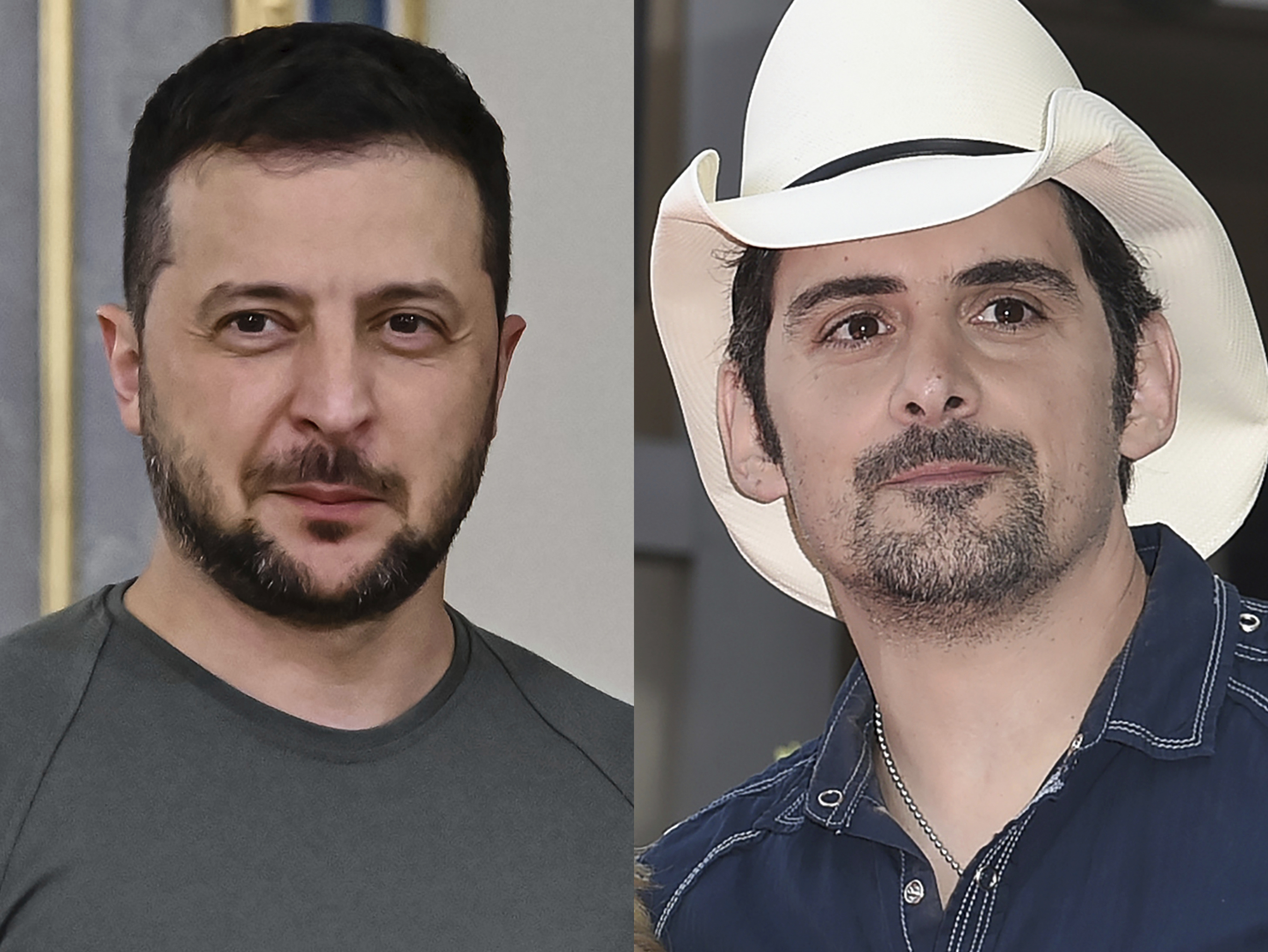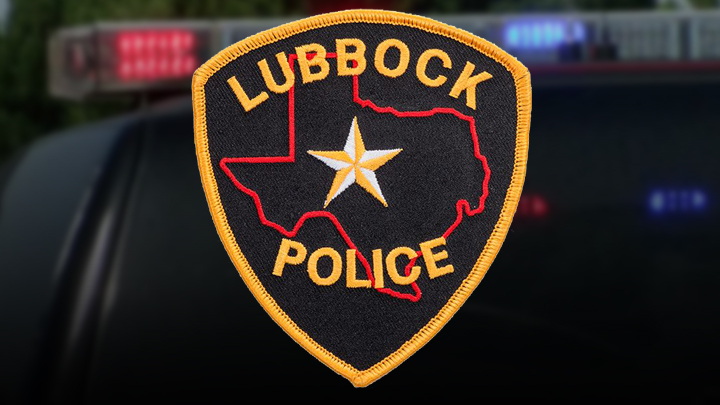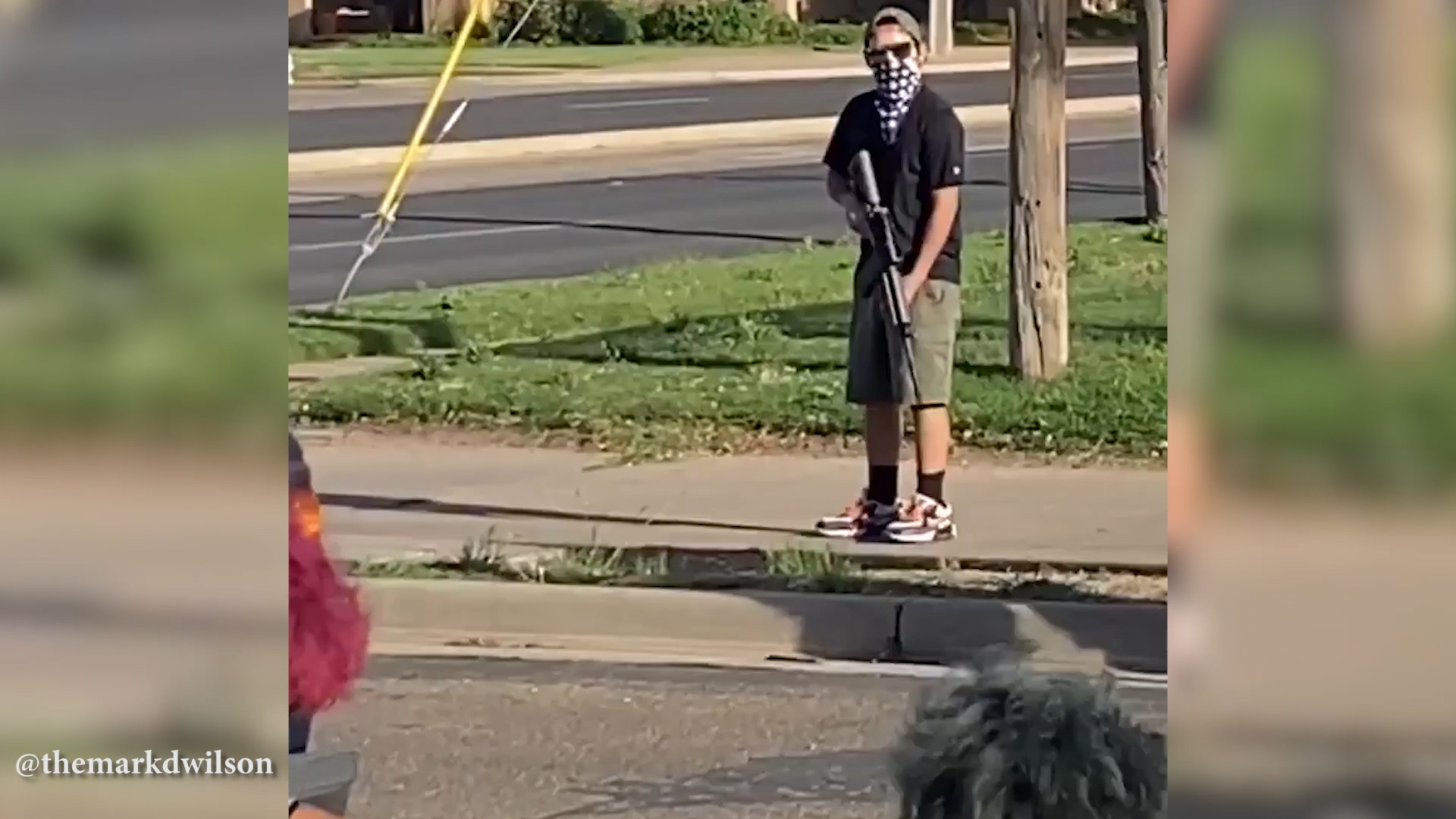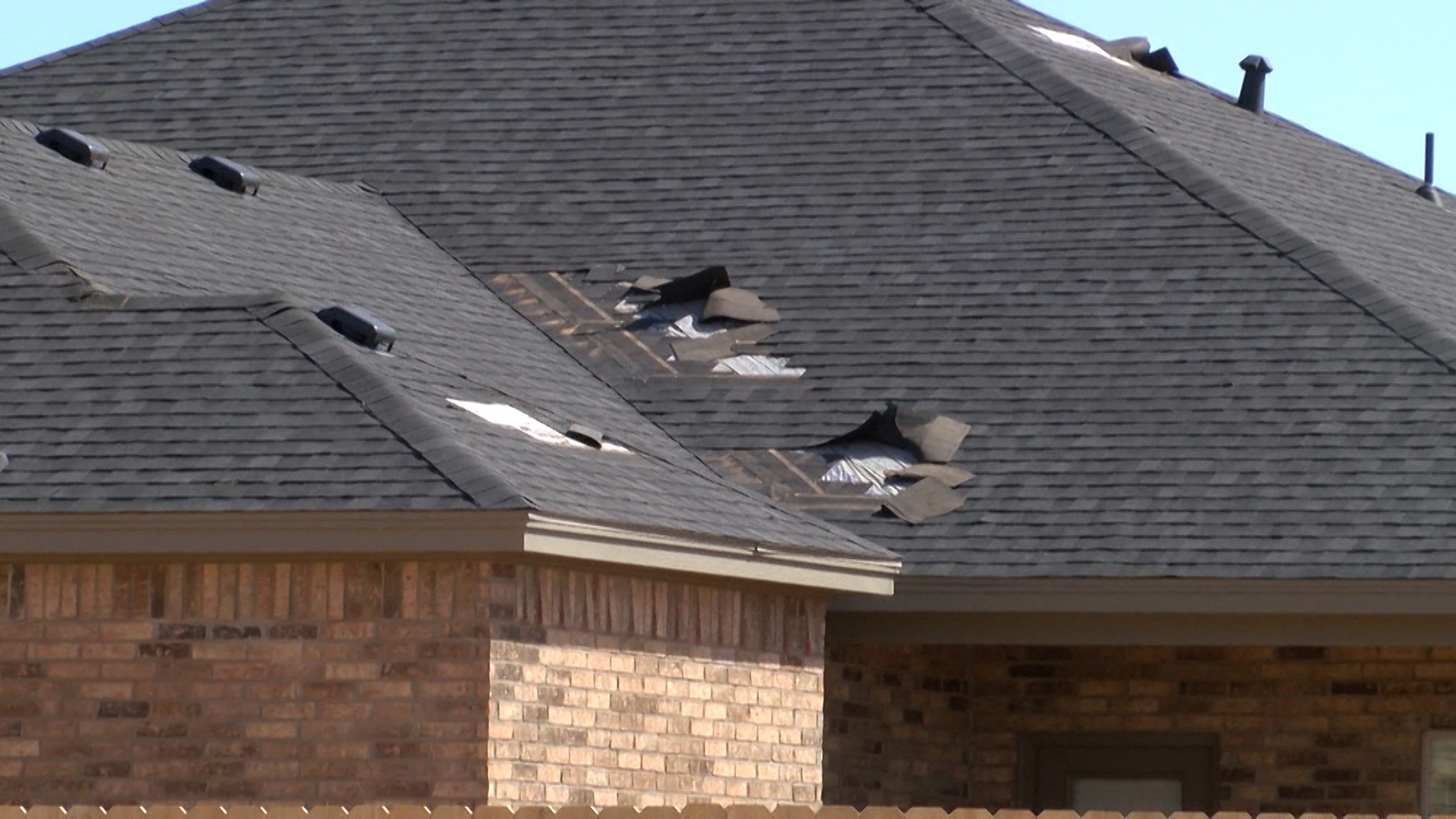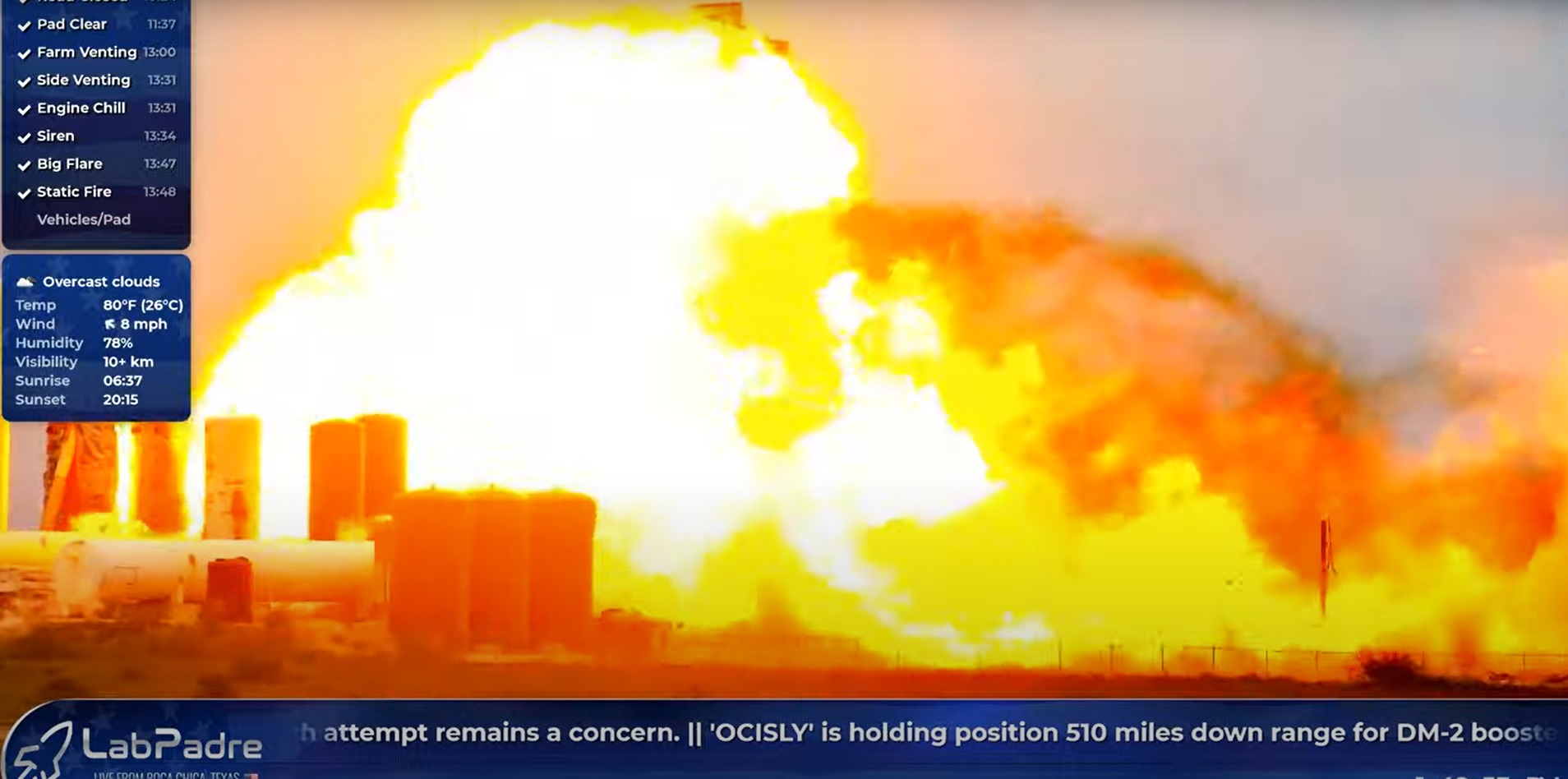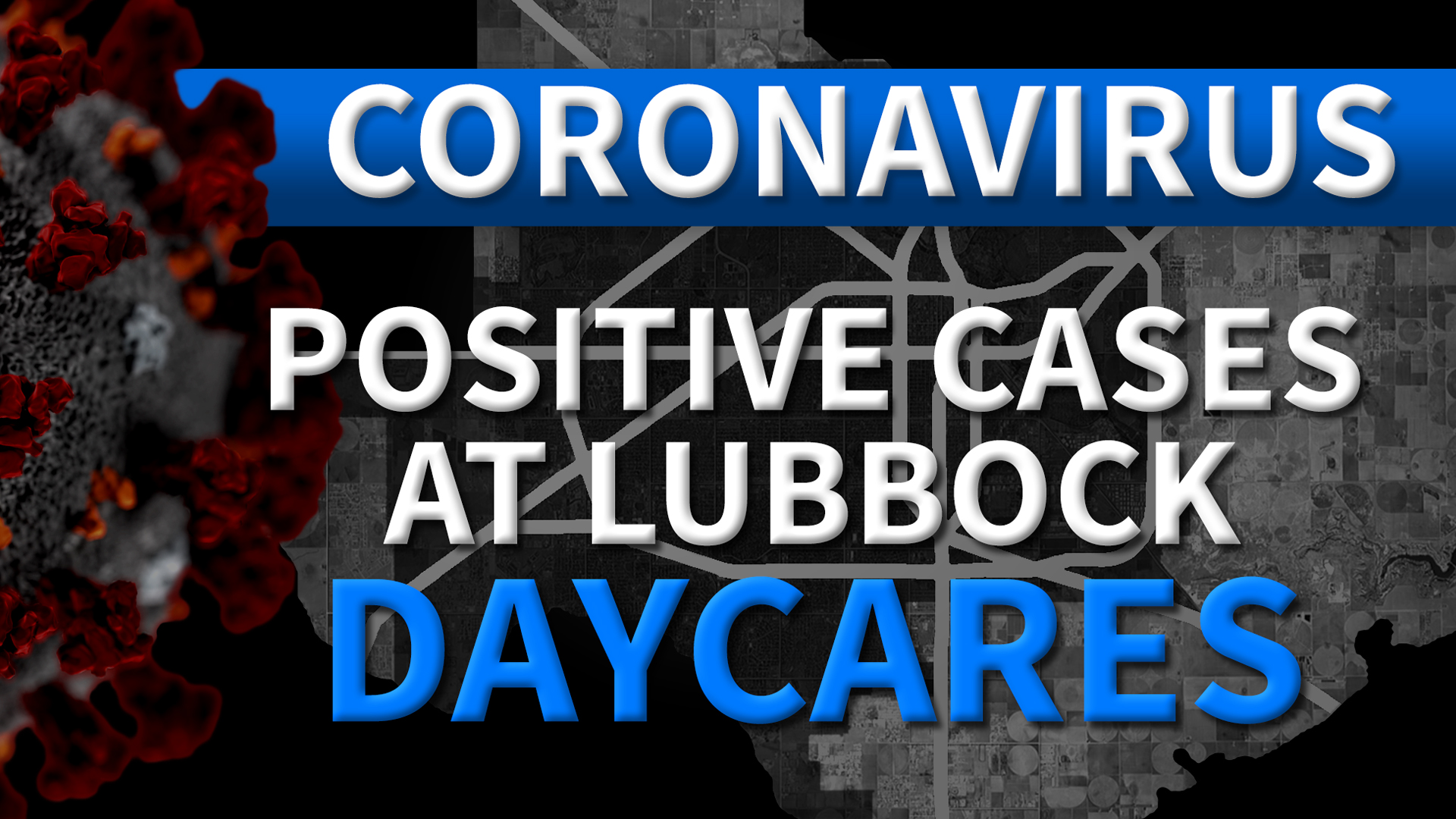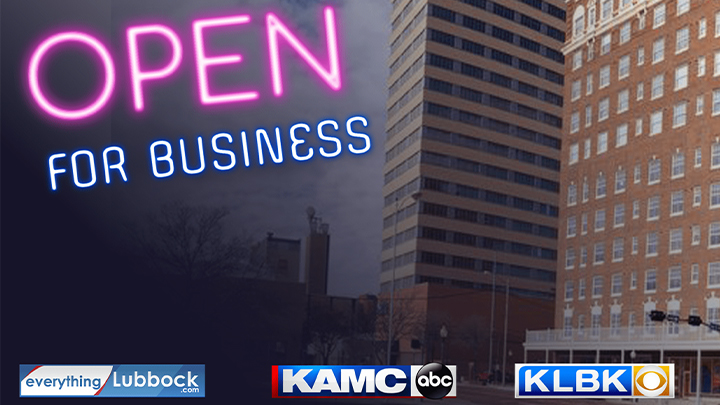AUSTIN (Nexstar) — State emergency management leaders are turning to Texas-based companies to keep state emergency staff safe during the pandemic.
The underground State Operations Center in Austin is not a spacious facility, so packing essential emergency management people into the bunker does not lend itself to proper social distancing.
In addition to moving some core emergency operations to an alternate location in Austin to spread the staff out, the state bought two robots that emit ultraviolet light, killing germs on surfaces within a 24-foot radius, according to the Texas State Guard.
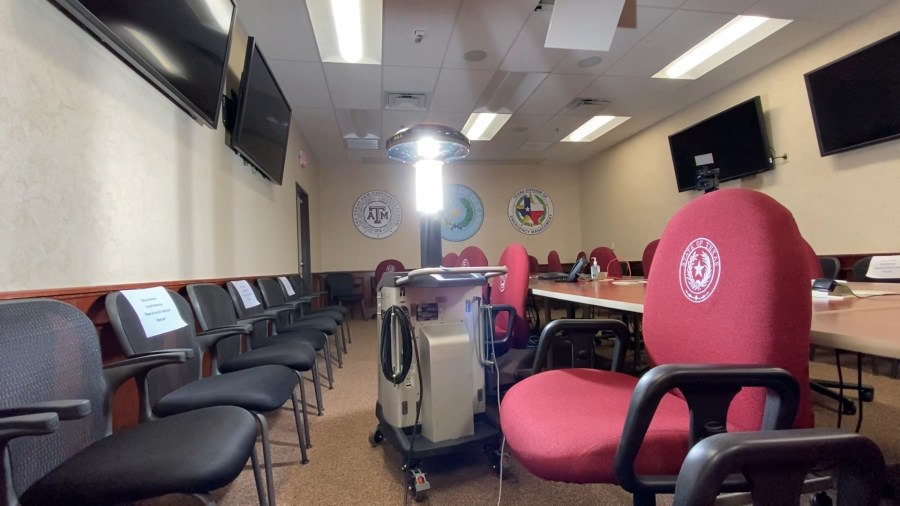
“It’s an automatic system that covers about a 24 foot radius when it’s popped up,” First Lieutenant Stephen W. Coder said. “So you can imagine inside of a room, it has to be used multiple times.”
According to the website for Xenex, the San Antonio company that sells the LightStrike Germ-Zapping Robots, its germicidal intensity “penetrates the cell walls of microorganisms and causes irreparable damage.”
As part of the added layers of protection, anyone who enters the State Operations Center gets their temperature taken twice— once at the parking lot and once at the entrance— by a thermal camera system developed by an Austin security business called Athena Security.
Some Texas hospitals bought systems from Athena Security, and an Austin-area construction company checks employee temperatures.

“It’s a super fast, no touch system, that gives immediate, instantaneous feedback,” DPS Construction’s business unit leader Bryan Kent said.
The Texas Division of Emergency Management and Texas State Guard also deploy a disinfectant using a fogger filled with an antimicrobial solution.
“It’s a chlorine dioxide solution that we use,” Coder said. “It’s 2%.”
Meals that had typically been served buffet style are now delivered in individual boxes, and snacks are laid out in singles rather than boxes.
“As you come into this environment before you sit down and go to work, you clean your workstation,” Coder said. “As you get up and leave that workstation you will clean it again. Beyond that we have different places throughout the entire SOC where you will do your hands, you will be putting that Purell on there in case you’re touching an environment that someone else may be touching.”
Cleaning crews also wipe down surfaces at night in between sessions with the robot and the fogger.
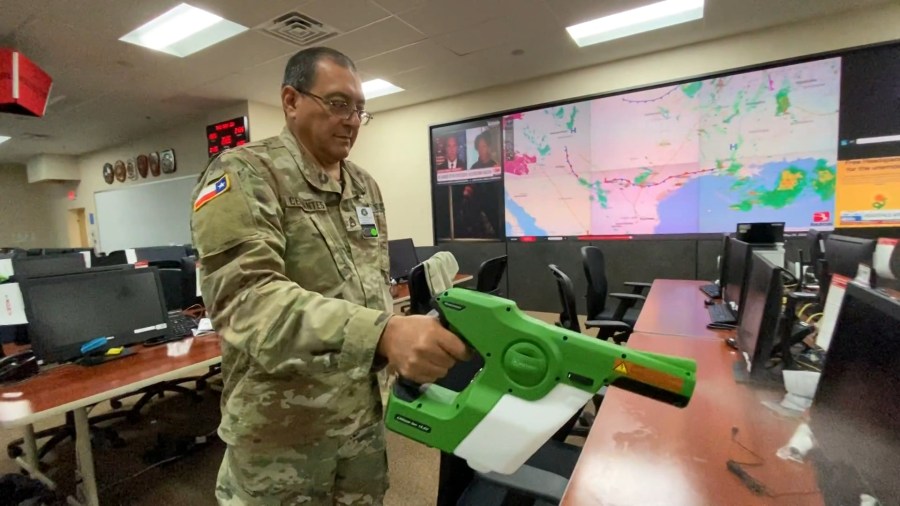
“It’s a 24 hour sustained effort to basically keep the folks that are responding that are managing the response to COVID as healthy as we can possibly keep them,” Coder said.
So far, their efforts and investment seem to be paying off.
“We haven’t had a single person pop hot for COVID at either one of the SOCs yet,” Coder said.
The technology comes with a price tag. The two ultraviolet light-blasting robots cost about $100,000 each, according to a Texas Division of Emergency Management spokesperson. The state expects that cost to be eligible for federal reimbursement.
“We use as much technology and as much measures as possible to protect ourselves and to protect the people that are here,” Texas State Guard Sergeant First Class Barry Branham said.
“If your protective force gets sick, who’s going to look after you?” Branham said.
Frank Martinez contributed to this report.



